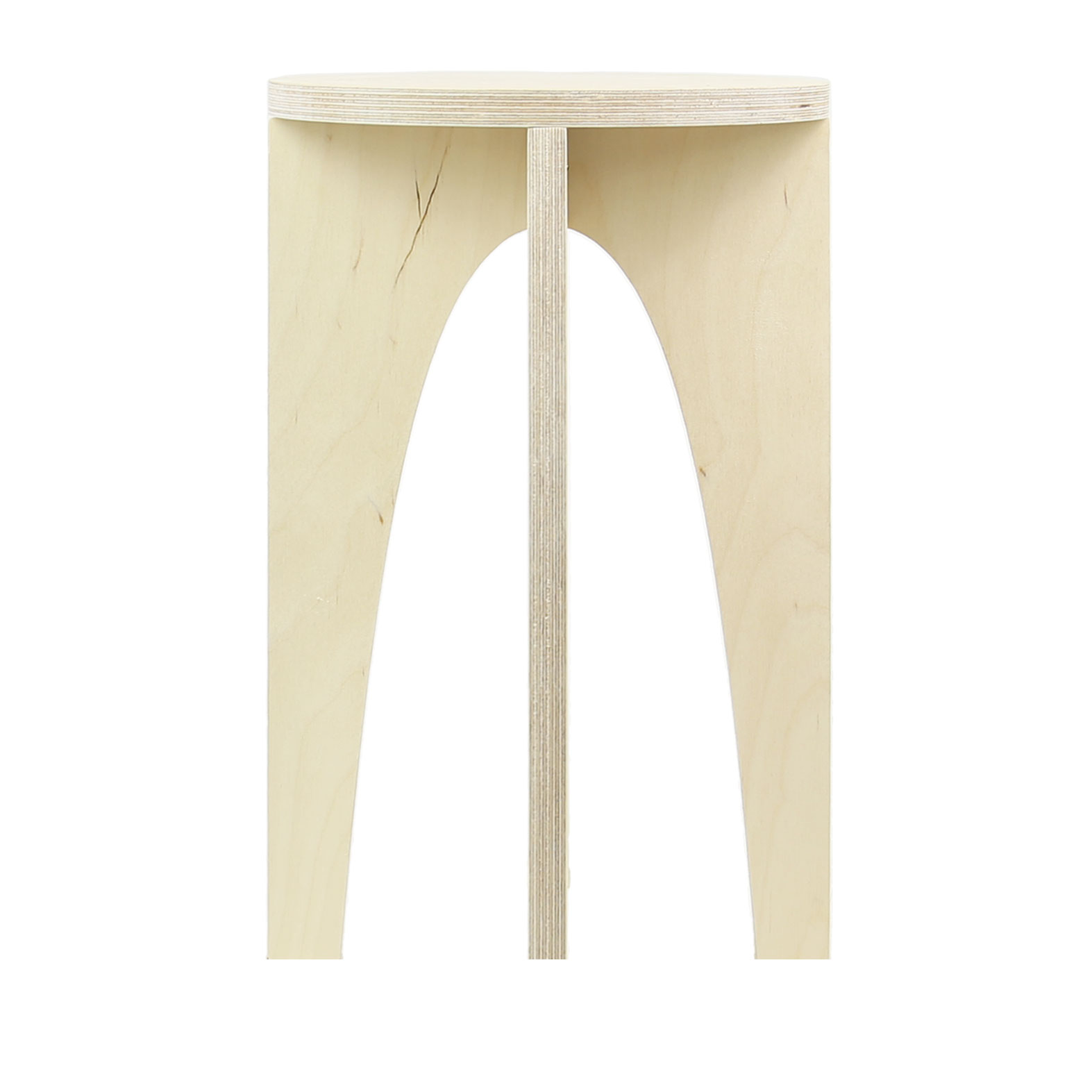About This Arch
The word catenary comes from the Latin word catēna, which means “chain.” The path created by a hanging chain under its own weight when supported at its ends is called a catenary. The chain will naturally take the shape of its least potential energy.
The Taq Kasra, a Sasanian-era Persian monument dated to between the 3rd and 6th-century is the largest single-span vault of unreinforced brickwork in the world and approximates a catenary. By the late 1600’s, mathematicians and scientists derived a mathematical equation. The word “catenary” in English is usually attributed to a letter written by Thomas Jefferson to Thomas Paine about an arch for constructing a bridge.
Catenary paths can be inverted to create structurally efficient arches. The domes at St. Paul’s Cathedral in London by Christopher Wren and Florence Cathedral by Filippo Brunelleschi both follow catenaries. The architect Antoni Gaudí didn’t like to draw but instead loved to make models. His hanging chains models were used to design the Sagrada Familia in Barcelona, Spain that instantly updated all the forces of every arch/dome when Gaudí made changes to the design. The St. Louis Gateway Arch by Eero Saarinen is the tallest arch in the world. It is said to be a weighted catenary instead of a true catenary as the top section is thinner than sides. A weighted catenary simply means the weights at different sections are not the same.
The Equation
The equation of a catenary in Cartesian coordinates has the form
where cosh is the hyperbolic cosine function, and where x is measured from the lowest point. All catenary curves are similar to each other; changing the parameter a is equivalent to a uniform scaling of the curve.

The photo above is a previous version of this design

Materials & Process
Material: 18mm (3/4″) Birch Plywood (B/BB)
Process: Machine Cut with CNC Wood Router
Finish: Sanded / Satin Poly
Dimensions
Metric: 280mm x 280mm x 450mm
Imperial: 11.02″ x 11.02″ x 17.71″
The Arch Series
Arches were first used to construct underground tunnels, drainage systems, and to span over windows and doorways. These arches could only support small openings as ancient walls were extremely heavy. Pointed arches were different. They allowed for thinner walls to be constructed due to vertical structural loads being carried more efficiently to the ground. Lighter walls meant more windows that could be taller and wider. Indoor spaces subsequently changed from being very dark to very bright. Arches became more decorative over time as structural concerns were easier to overcome. The thirty-two arches in this collections span thousands of years on all continents. You can easily find several types of arch walking around any major city. Arches provided an essential stepping stone in creating the world we live in today.

































